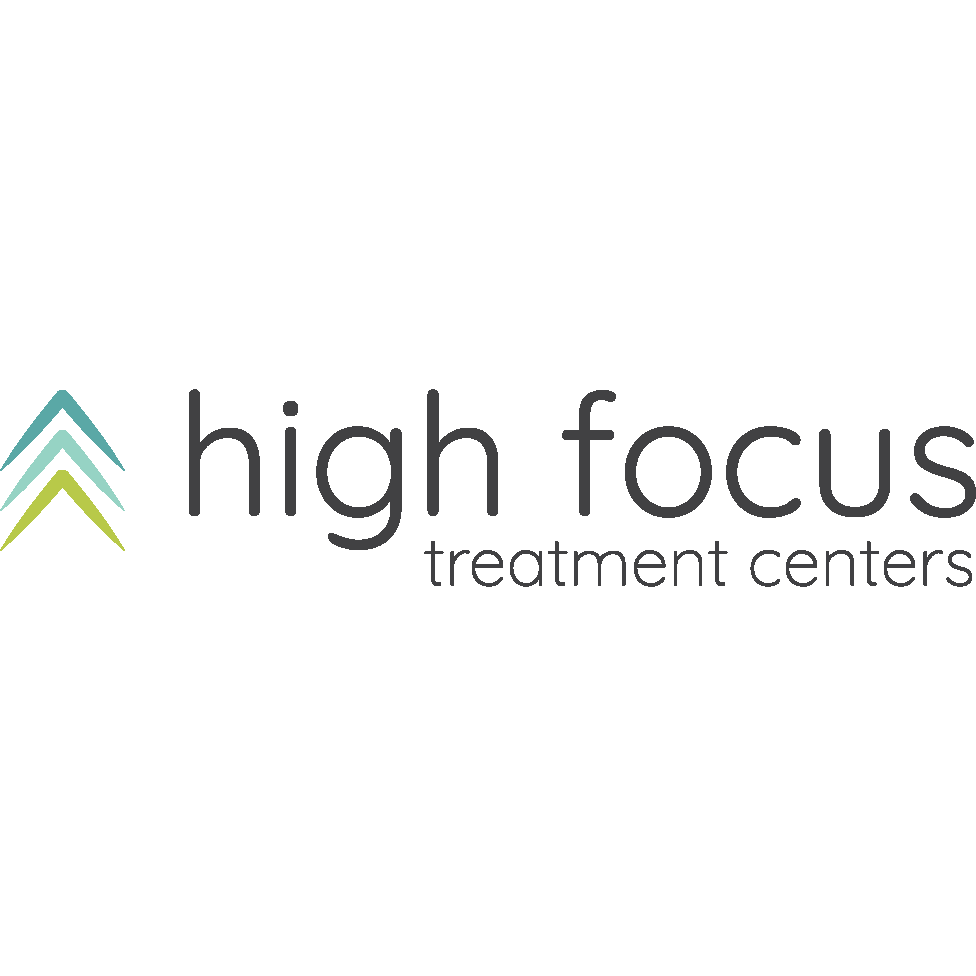
Medication-assisted treatment (MAT) is a substance addiction treatment modality that utilizes both medication and counseling. Most notably, MAT is a common and effective approach to treating opioid addiction. It may seem counterintuitive, but the medications used in MAT for opioid addiction are often substances themselves – but they work in different ways. In fact, MAT has been found to decrease opioid use, even when opioids like methadone are used in the treatment program.
There are only a handful of opioids approved by the FDA for MAT in cases of opioid addiction treatment, including:
- Methadone: Methadone is an opioid agonist that can block the euphoric effects of other opioids, like heroin, if used concurrently. It is also powerful against withdrawal symptoms and side effects, and is sometimes able to prevent them altogether. Methadone does have an increased risk of being abused, like other opioids, and as such must only be administered in a safe, controlled environment.
- Buprenorphine: buprenorphine and its derivative medications like Sublocade can be used similarly – but not interchangeably – to Methadone. It also works by preventing cravings and withdrawal symptoms but is not nearly as likely as methadone to be abused. Buprenorphine is considered an effective medication for long-term MAT, especially when treatment is maintained for over two years; this specific treatment plan has the potential to cut overdose rates in half.
- Naltrexone: naltrexone, most commonly known as suboxone, is a short-term treatment option that is known for reducing the risk of opioid overdose among those in treatment. Naltrexone is the only MAT-approved medication that is not a controlled substance and can be prescribed rather than administered under the supervision of a health practitioner or at a residential treatment program.
The therapy component of MAT is designed to continue even after patients leave their residential treatment program. During the inpatient portion, counseling can help tackle the root cause of addiction in individuals and can also identify any underlying mental health concerns. It reinforces the tools learned while in inpatient treatment and can help provide mechanisms for coping with the challenges of recovery while reintegrating into daily life. Both during and after the medication period of MAT, counseling can provide useful resources for medication management.
Who needs MAT?
MAT is best undertaken in a residential treatment program under the supervision of health professionals who can monitor withdrawal symptoms and reactions to medications. Methadone in particular can only be administered in a clinical setting and cannot be prescribed for the patient to take home.
There is significant research on the benefits of MAT for opioid addiction, but it can also be effective for those seeking treatment for alcohol addiction. Naltrexone is the one medication that is able to be utilized in MAT for both opioid and alcohol addiction treatment programs, because of its ability to block euphoric effects, reduce the feeling of intoxication and eliminate cravings.
How does MAT benefit patients in a residential treatment program?
MAT is considered one of the premier approaches for treating opioid addiction because of its close monitoring of patient progress; considerable reduction in risk factors for illicit use, overdose, and death; and sustainable treatment method. The chemistry of the medications used are such that it eliminates opioid cravings, which has a significant implication for the patient’s recovery after they leave their residential treatment program. It is important to note that 80% of those who sought opioid addiction treatment in a residential facility without MAT relapse within 2 years of leaving the program.
Methadone, buprenorphine and naltrexone have consistently been shown to provide incredible value to patients in residential treatment programs. In addition to reducing risk of relapse and overdose, MAT is known to lower the risk of contracting HIV and Hepatitis C, facilitate reintegration into society after treatment, increase instances of steady employment, and improve birth outcomes for both mother and baby in cases where pregnant women sought residential MAT.
The rehabilitation progress can look completely different in inpatient versus outpatient programs, and equipping patients with the tools they need after their residential treatment is critical in ensuring their recovery is, ultimately, possible.
I’m interested in MAT, how can I get started?
The Light Program is a mental health-based residential treatment program that offers MAT as a means for intensive rehabilitation. We offer both intensive outpatient programs as well as partial hospitalization programs depending on your needs. The Light Program is committed to providing a comfortable environment for utilizing medication to safely withdraw from substances while receiving personalized counseling every step of the way. Call us today at 610-644-6464 for more information on medication-assisted treatment within the context of a residential treatment program.






